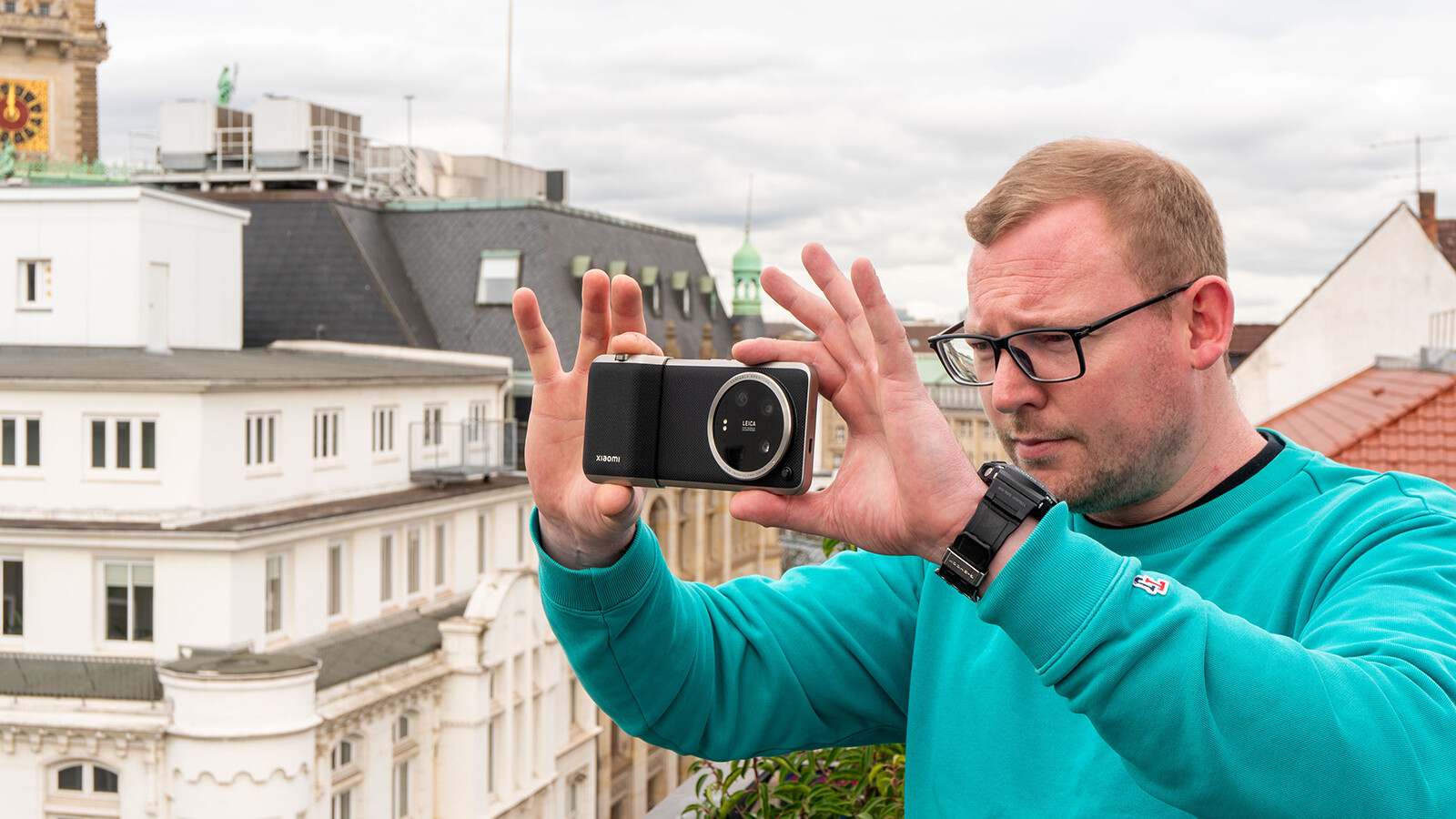
AMD Fluid Motion Frames 2 is available to all users with the new Adrenalin update. (Image source: stock.adobe.com – ARTFX Design, Adnan Ahmad Ali)
AMD has released a new update for the in-house Adrenalin driver with version 24.9.1. In addition to individual optimizations, this also brings an exciting innovation: “AMD Fluid Motion Frames 2” is leaving the beta and is now available for the first time as a final version for all owners of a Radeon RX 6000 and 7000. The answer to Nvidia Frame Generation is intended to make a noticeable leap, as the developers in the associated changelog
In contrast to the intermediate image calculation, which takes place in the context of FSR 3 (“FidelityFX Super Resolution”), the frame generation in AFMF 2 is done entirely via the Radeon driver. This means that developers do not have to do anything to access the technology. Instead, if necessary, you can activate the tool yourself in DirectX 11/12 games. Selected titles did this automatically as part of AMD Hypr-RX anyway.
Within AFMF 2, support for Vulkan and OpenGL is added; In addition, AMD’s own frame generation can now also be activated in borderless window mode. But the most important thing is probably the performance improvement that AMD promises with AFMF 2 – especially since more and more games are starting to explicitly list frame generation in their system requirements (greets from Monster Hunter Wilds).
Using Baldur’s Gate 3 as an example, AMD wants to be able to achieve a frame rate improved by a factor of 2.5; According to the company, this was tested with the graphics cards RX 7600 XT, 7800 XT and 7900 XTX in various graphics presets. The recently released Ryzen AI 300 APUs are also included in the list and should at least see a doubling of the frame rate.

The values of AFMF 2 in Baldur’s Gate 3 don’t read badly.
As part of the new Adrenalin driver, the feature called “Variable Graphics Memory” is available for the first time. In simple terms, users can use the driver to set up to 75 percent of the installed system memory as graphics memory – but only for integrated graphics units, which are usually found in notebooks or gaming handhelds.
Games in combination with AFMF 2 should benefit from significantly better performance, as AMD promises. However, future tests will have to show whether this is true.








